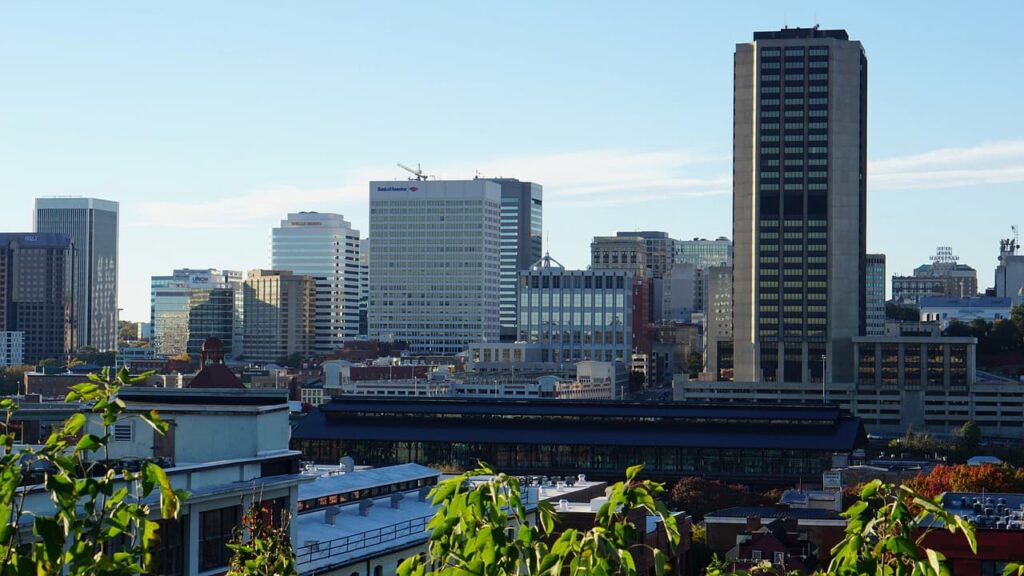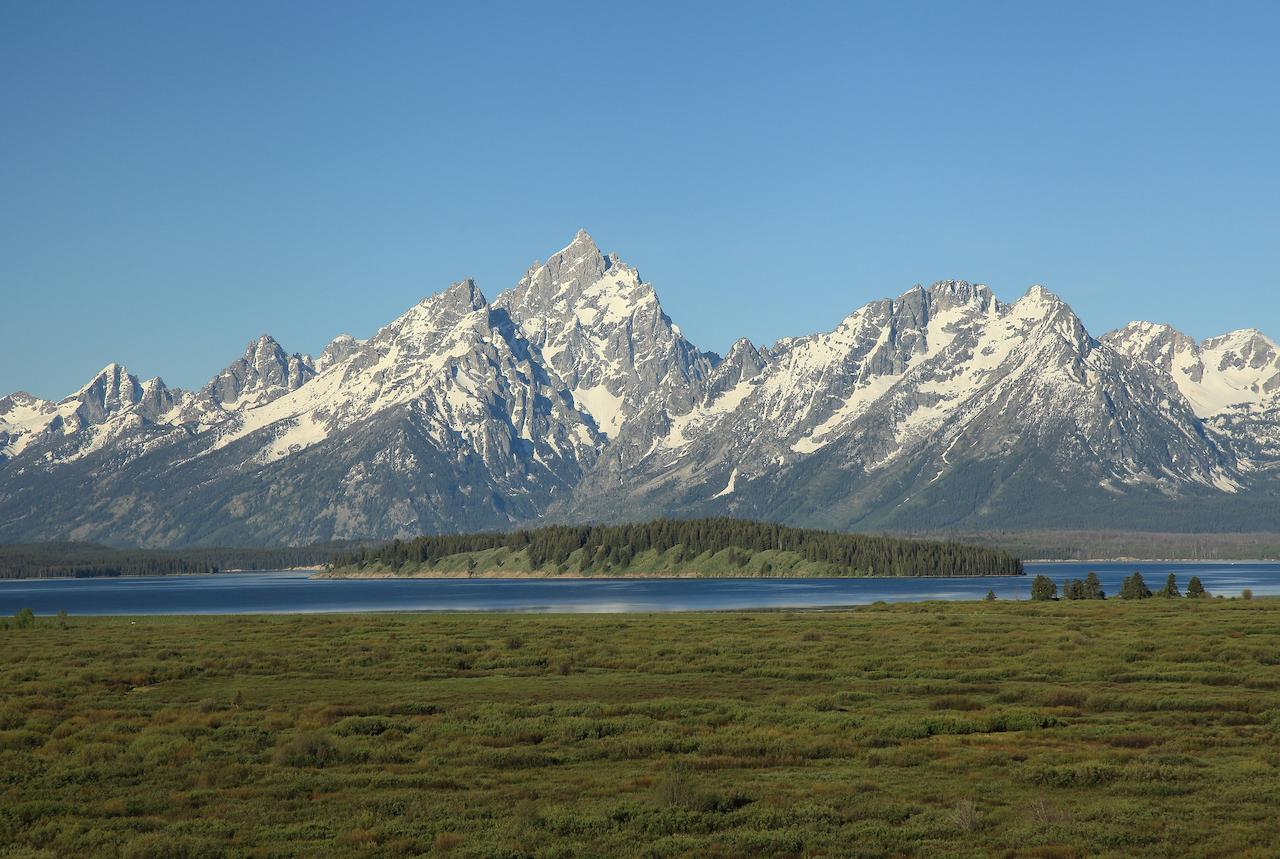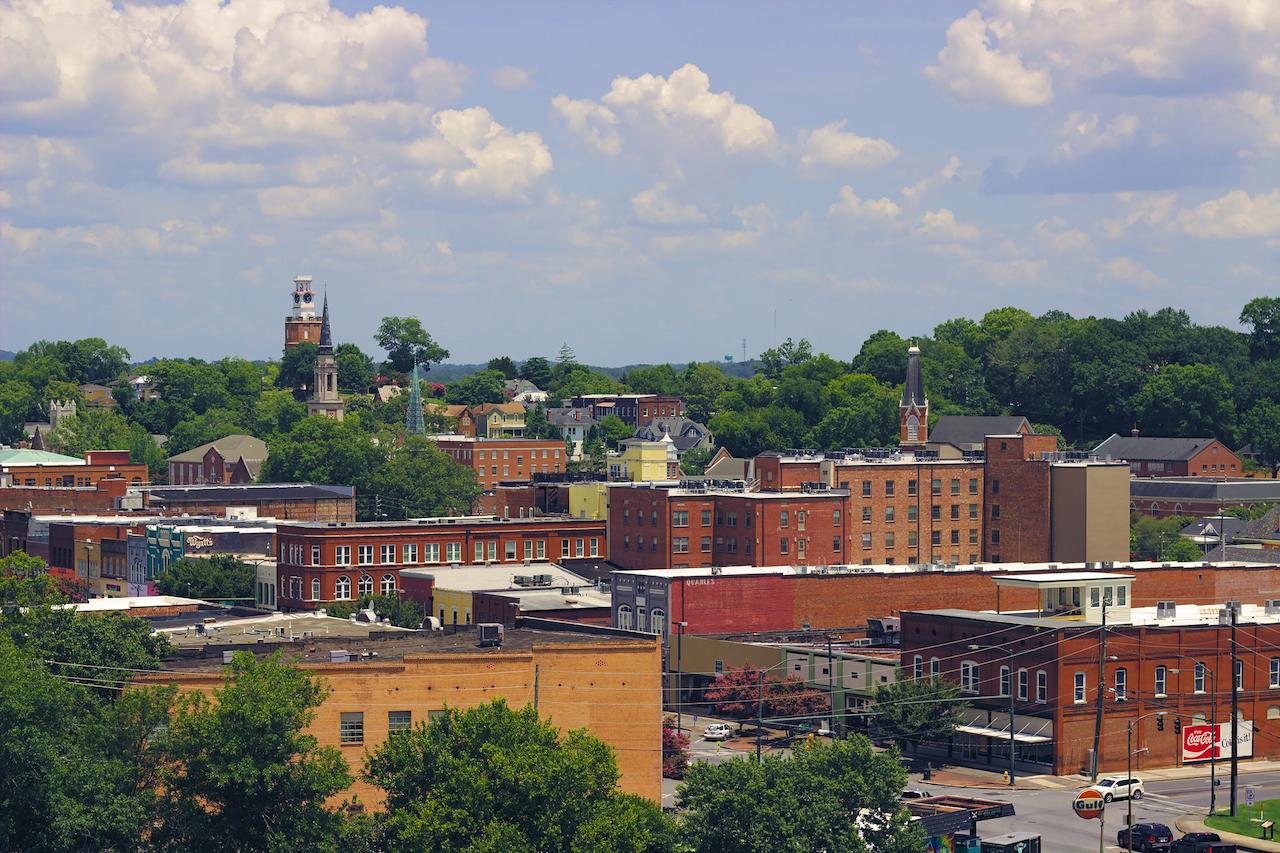Smaller cities in the United States attract residents with their relaxed pace of life, less traffic, and strong sense of community. In addition, these cities offer unique holiday opportunities as some USA casinos for UK players have been developed there. One of the main advantages is also the lower cost of living compared to larger cities.
Ranking Methodology
The selection of cities is based on data from the Council for Community and Economic Research (C2ER), which assesses the costs of housing, groceries, utilities, transport, health and other services in 265 urban areas.
Key Factors for Relocating
Before moving to one of these cities, it’s important to consider the pros and cons. Despite the low cost of living, potential cons may include limited job opportunities, small salaries or lack of entertainment.
Top 10 Cities
1. Meridian, Mississippi:
Meridian is known for its historic districts restored after the Civil War, including Highland Park with its famous Densel carousel dating back to 1909. The city is also famous as the birthplace of Jimmie Rodgers, the father of country music, which remains a significant part of Meridian’s cultural scene today. Low costs of living, especially housing costs that are 30% below the national average, make this city an attractive place to live.
2. Enid, Oklahoma:
Inid holds the title of “the wheat capital of Oklahoma” and is known for its agrarian roots. In addition to agriculture, significant employers include Vance Air Force Base and St. Mary’s Medical Centre. The cost of living in Ineed is 13.6% below the U.S. average, making it an affordable place to live.
3. Martinsville, Virginia:
Martinsville attracts auto racing fans due to the famous Martinsville Speedway, which hosts NASCAR races. The manufacturing sector remains an important part of the city’s economy despite the departure of some firms over the past decades. The low cost of housing, which is 32% below the national average, makes Martinsville one of the most affordable places to live.
4. Ponca City, Oklahoma:
This city has a rich history dating back to the days of the Great Land Giveaway in 1893, and remains an important centre of the oil industry. Local attractions include the Marland Mansion, built by oil industry magnate E.W. Marland. The cost of living in Ponca City is 33% below the U.S. average, especially due to low housing costs.
5. Dublin, Georgia:
The city of Dublin is located about halfway between Atlanta and Savannah and is home to three institutions of higher learning, including Georgia Military College and Oconee Fall Line Technical College. With two nationally recognised historic districts, Dublin has a rich culture and history. Low housing costs, which are 38% below the national average, make Dublin a particularly attractive place to live.
6. Pittsburg, Kansas:
Located two and a half hours south of Kansas City, Pittsburgh offers living with costs that are 15% below the national average. The city is known for Pittsburgh State University and historic sites such as the Crawford County Museum of History and Pittsburgh Water Park. Despite its low income level, housing in Pittsburgh is affordable and 30% cheaper than the U.S. average.
7. Ardmore, Oklahoma:
Ardmore is located 90 minutes south of Oklahoma City. The city’s economy is supported by major employers such as Michelin North America and the Valero energy company. Ardmore residents save money on housing, which is 37% cheaper than average, and healthcare, which is nearly 17% below the national average cost.
8. Statesboro, Georgia:
Statesboro’s main employer is the University of South Georgia, bringing the city’s status as an academic and cultural centre. Other attractions include the Art Centre, museum, planetarium and botanical gardens. Housing in Statesboro is 28% cheaper than the U.S. average, and healthcare costs are 13.3% lower than the national average.

9. Richmond, Indiana:
Richmond has a unique place in jazz history, as it is where some of the first jazz records were recorded by jazz greats such as Haughey Carmichael, Duke Ellington and Louis Armstrong. Today, Richmond is known for its educational institutions, including Indiana University East and Bethany Theological Seminary. Residents save money on housing, which is 33% cheaper than the national average, and flat rents are 47% below the national average.
10. Salina, Kansas:
Salina is an industrial and educational centre, with manufacturing and health care having a significant impact on the economy. The city is home to several institutions of higher education, including the University of Kansas School of Medicine campus and the Kansas State University Polytechnic Campus. Housing costs in Salina are about two-thirds below the U.S. average.
Summary
When choosing where to live, it’s important to consider not only the cost of housing, but also the overall cost of living, including health care, transportation, and everyday expenses. Smaller cities such as Mogee, Tupelo, Salina, and Richmond offer significant savings compared to larger cities, making them an attractive choice for those looking for a more affordable and measured life.
Before moving, however, it is advisable to thoroughly research all aspects of life in your chosen city to ensure that it suits your needs and preferences.







